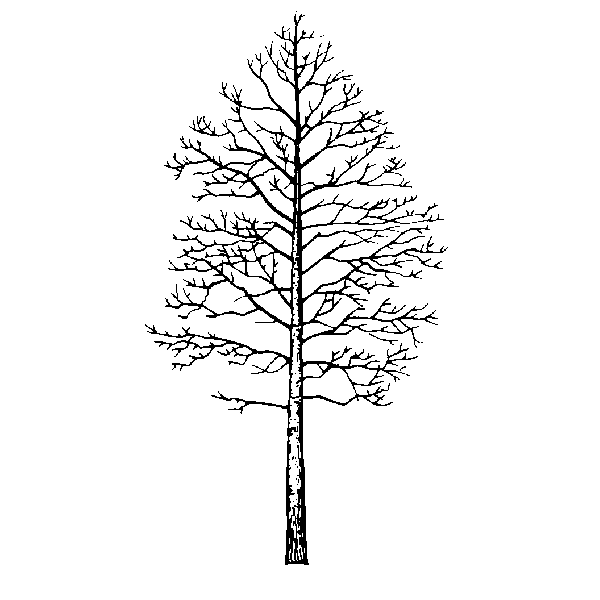Seeds
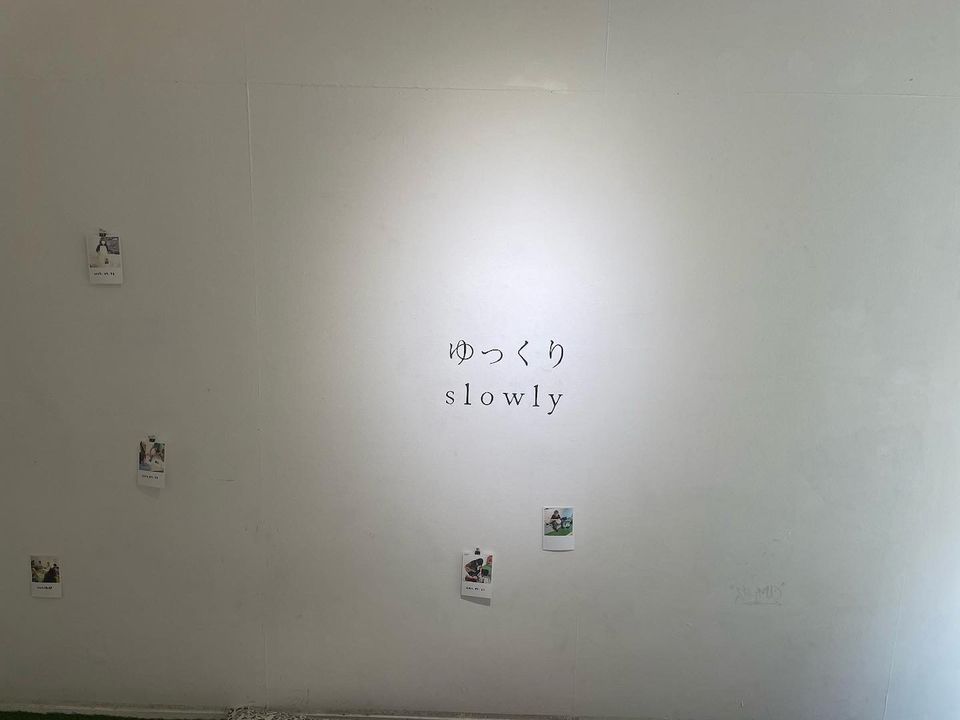
Trembling Aspen | Series_03 Here, in Koganecho | Issue_06
I said goodbye to a friend three weeks ago. The friend is a community. One I’ve been part of for 20 years. It was time to shut it down. It was called Mosaic. A mosaic is a work of art that's made from broken pieces of pottery. Mosaic was a place where we all acknowledged we’ve been broken by life in some way. All of us. No matter our socioeconomic and cultural past, nor our current realities, we've all been wounded. When we gathered, we were like a mosaic. Individual pieces of broken pottery brought together to form a work of art. Each time we gathered, we were slightly different people than we had been the last time we gathered, so every time we gathered we were a different work of art. Sometimes we came with sharp edges and were difficult to be around, but that was okay, because when we brought the little broken piece of ourselves-as-we-are to the bigger picture of us—no matter our shape or condition—the pointy bits, the sad bits, the wounded bits became beautiful. All the broken pieces together made a work of art.
I learned about community at Mosaic. Mosaic met in Vancouver's Downtown Eastside. It had an intentional low barrier to entry. Because of that, we were an eclectic mish-mash of people from all walks of life, many of whom were living with poverty and/or addiction. I didn't learn about the idea of community, all sanitized and polished and what not. I learned about the blood, bone and tears of a living community. So much of what people were dealing with was actual life and death. Experiencing the souls and stories at Mosaic was like experiencing a cross between a hospital emergency room and an art gallery. In the DTES, beauty and pain are two sides of the same coin.
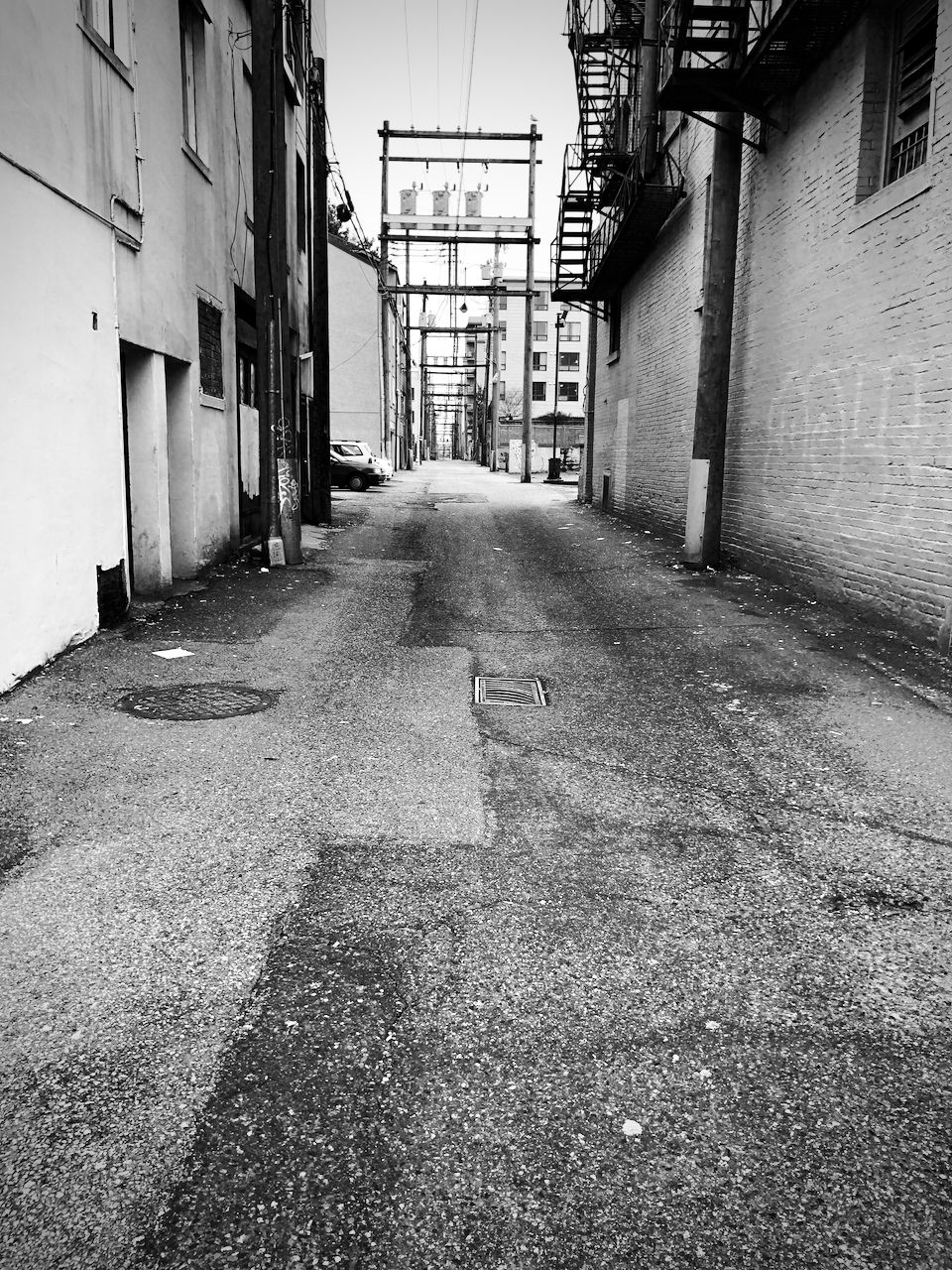
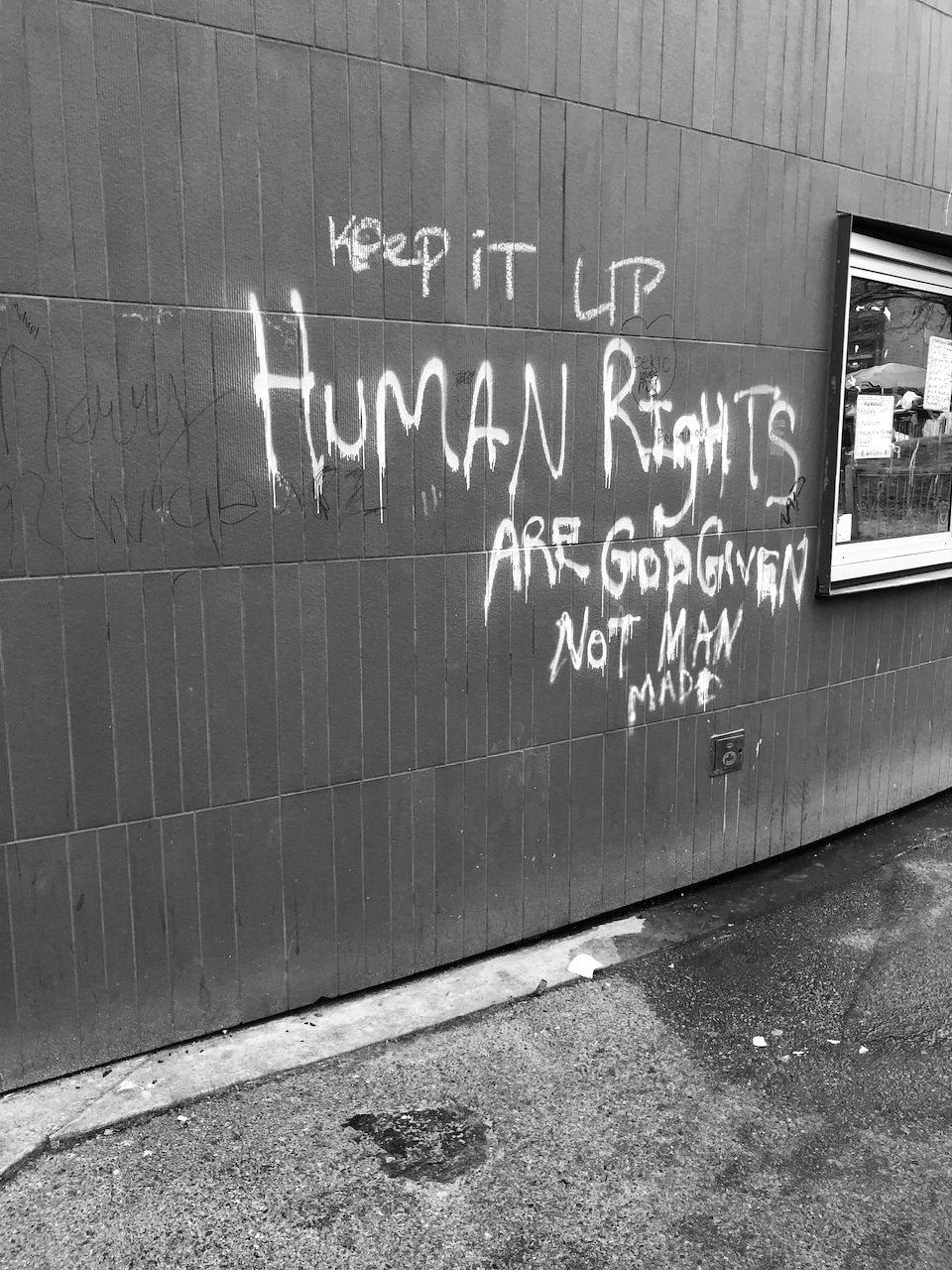
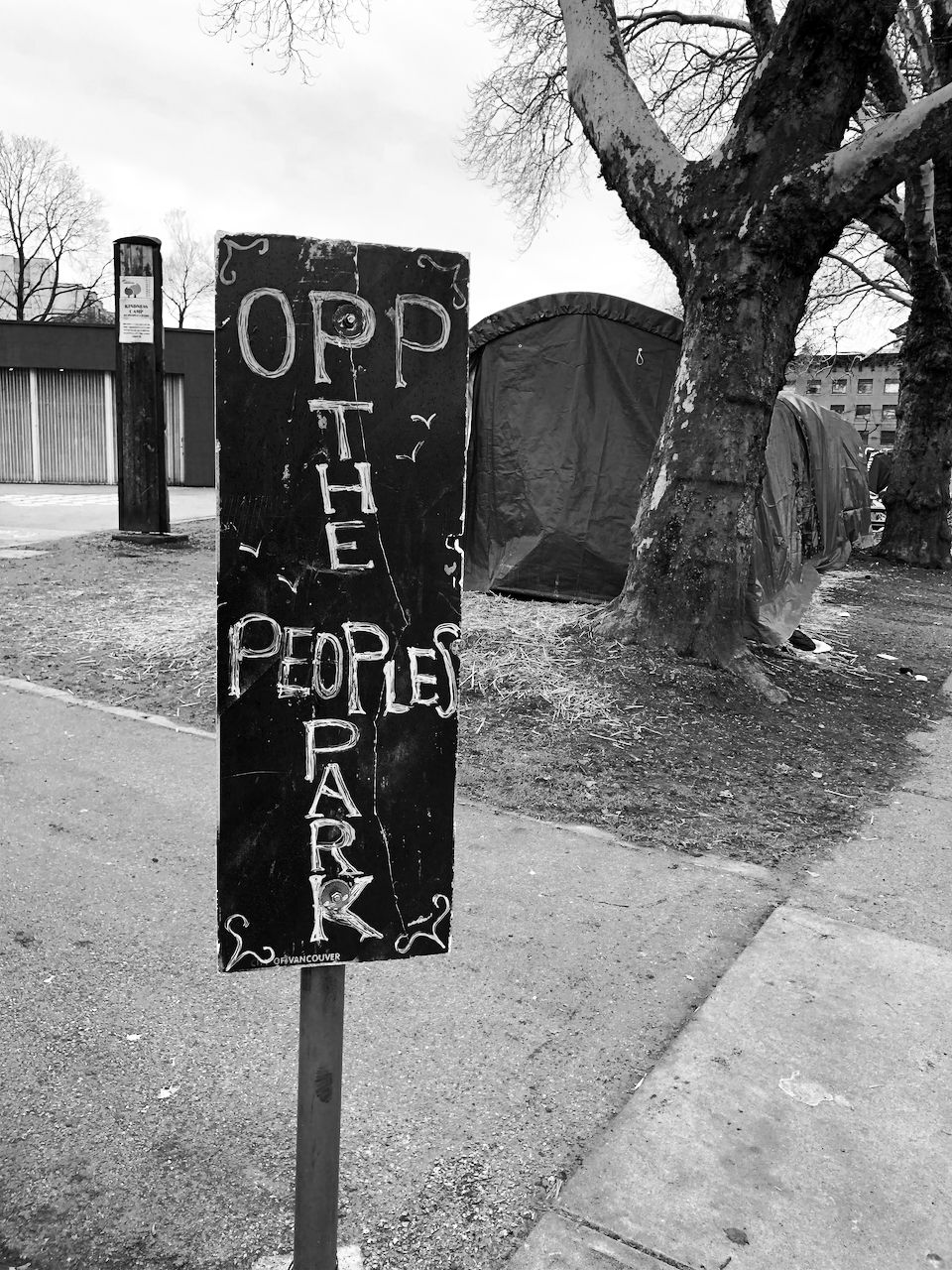
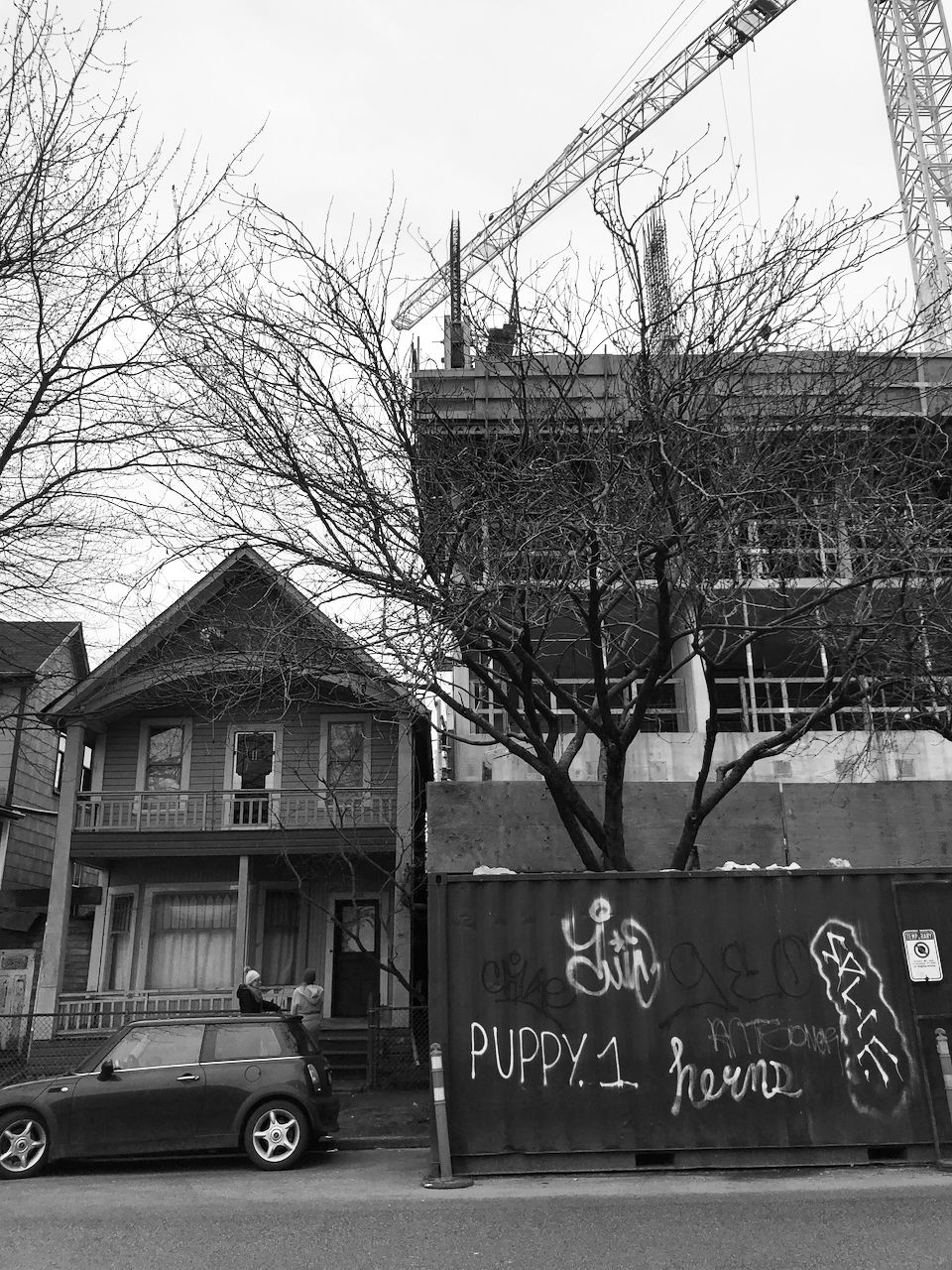
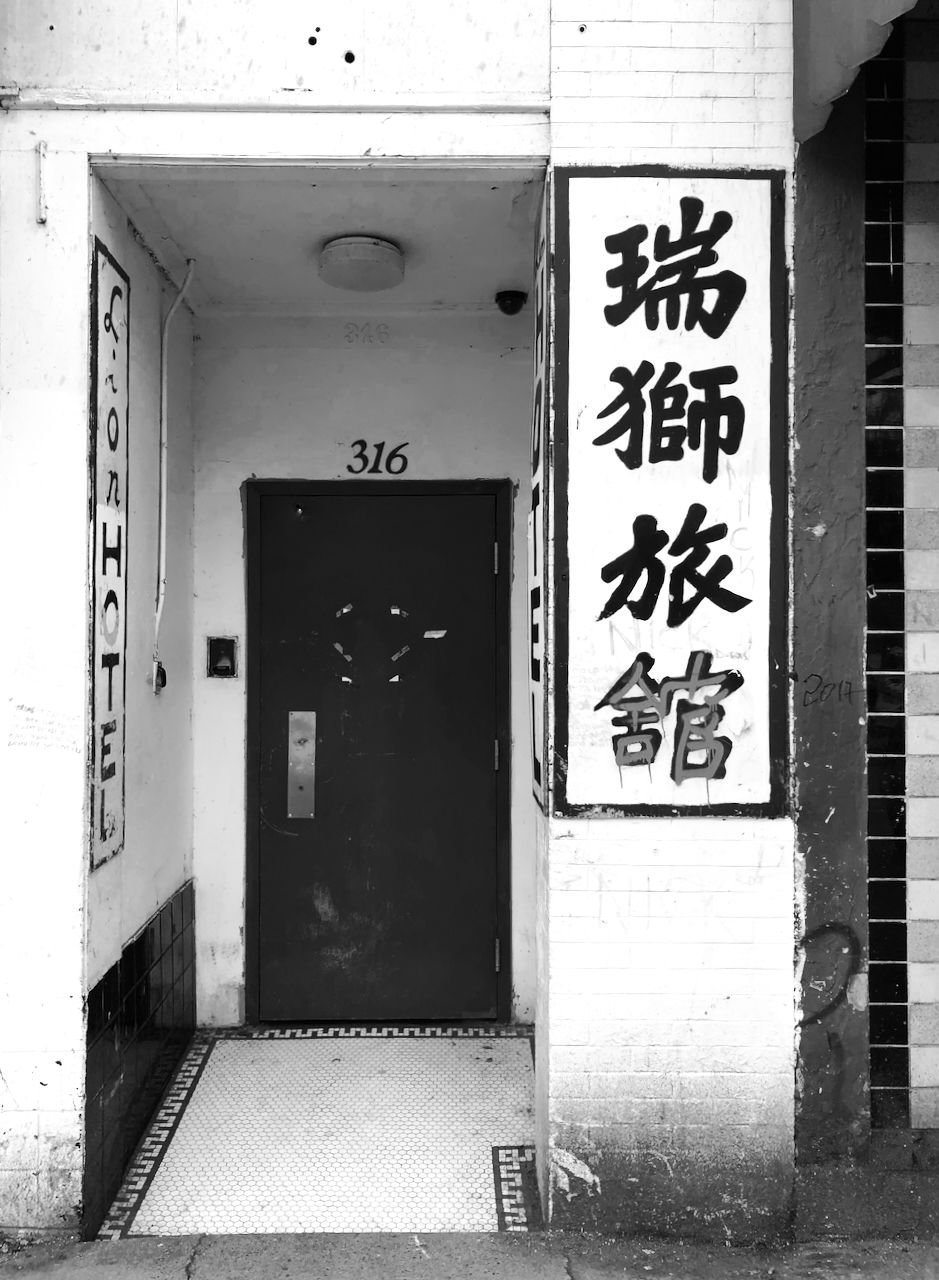
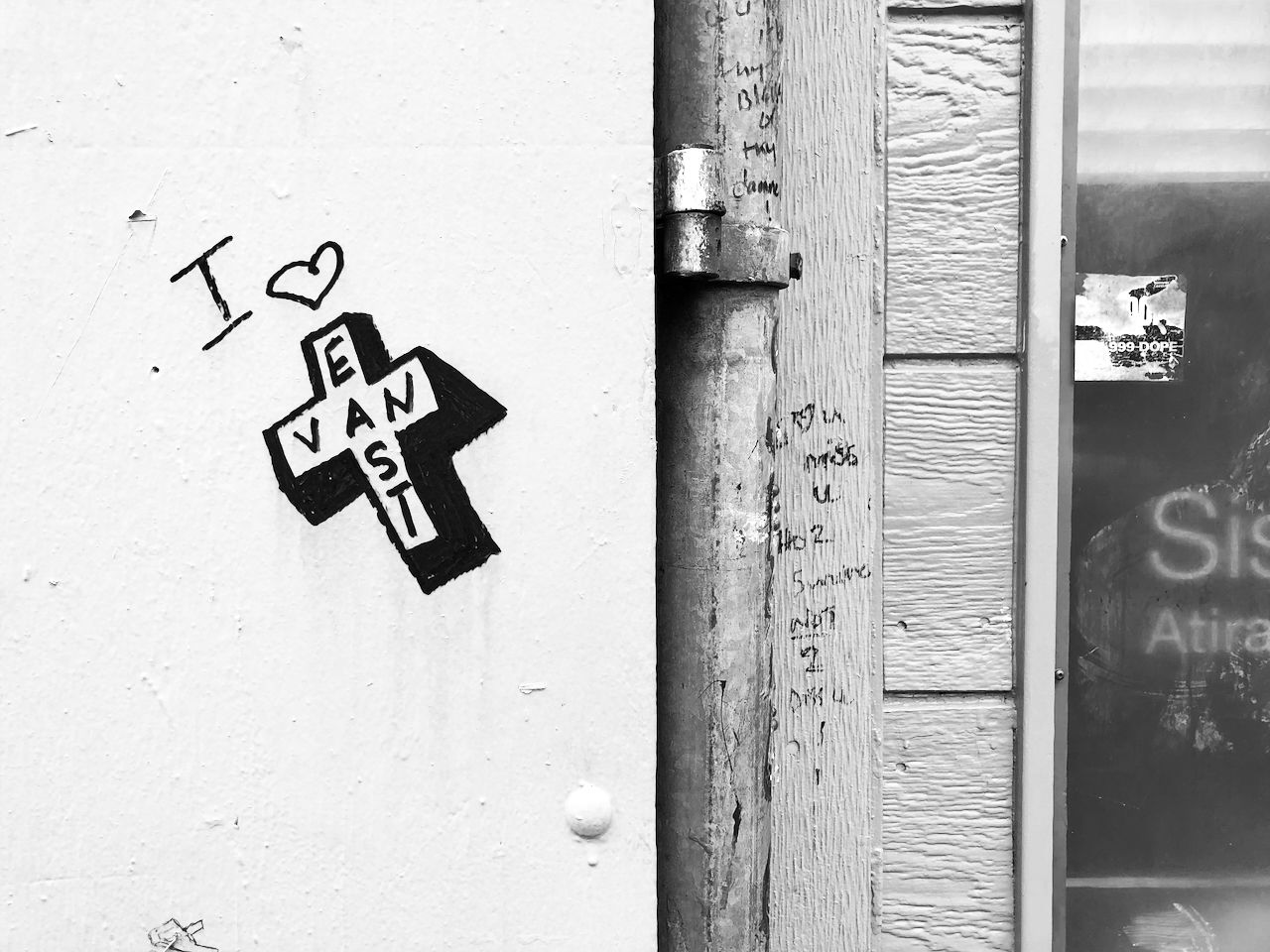
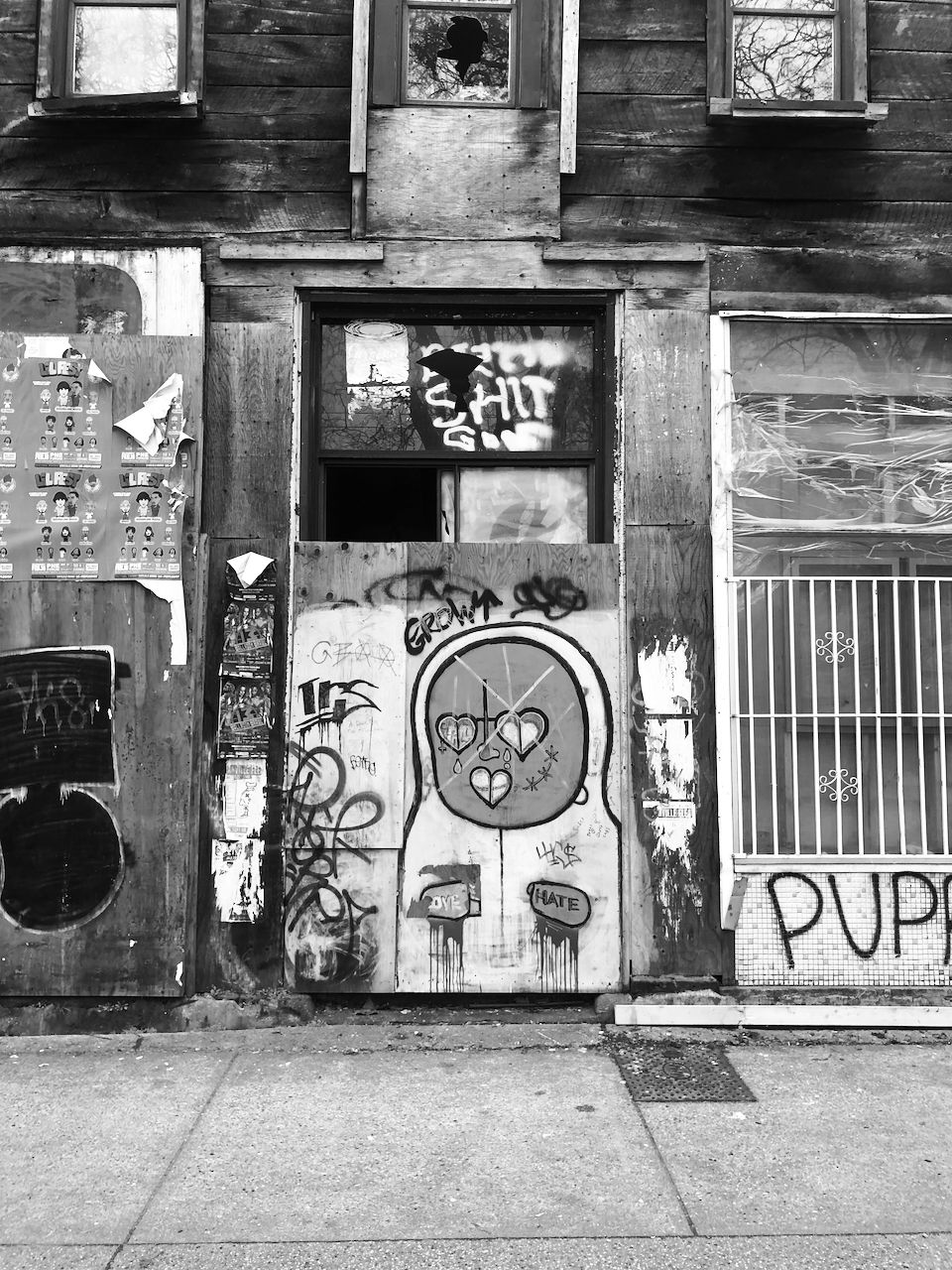
Mosaic taught me to become interested in the emergency room/art gallery of my own life. It taught me to start noticing my habitual pattern of seeing pain as a mistake that I should be able to avoid if I took the right pill, entered the right program, learned the right technique. Once I learned to notice, to really see and not turn away, I didn’t have to do much after that. I just had to keep noticing my patterns of avoiding, distracting and numbing. I just had to keep showing up and being part of a community that was a work of art larger than me. I loosened my grip on right answers, being good, and looking like I had it all together. Change happened on its own time. I became me because of Mosaic.
The Me-I-Became ended up in Yokohama, Japan. An artist-in-residence in the neighbourhood of Koganecho. This is where KocoGarden came to be. Three weeks ago, from my little apartment above KocoGarden, I participated in the leadership meeting in which we made the decision to “pull the plug” on Mosaic. An apt metaphor, we all noted, because it really did feel like our decision meant the death of a loved one. It was a difficult truth to arrive at.
Part of what I shared in that final leadership meeting was what was happening here, in Yokohama. How, through KocoGarden, I was helping grow the community that was holding me, which felt ecological, circular and regenerative. I talked about how my impulse to help grow community was in me because of Mosaic. As I shared, I drew what is now a rather obvious line between Mosaic and KocoGarden. I wouldn’t care about community the way I do, were it not for Mosaic. I wouldn't be who I am, were it not for Mosaic. I wouldn’t have thought to hold space as a creative act, were it not for Mosaic. Without Mosaic there would be no KocoGarden.
During the leadership meeting, Janina had noted KocoGarden was like a seed of Mosaic, planted across the ocean. Whew. That had landed, bitter sweet. Life comes from death. One thing dies, and another is born. Beauty and pain are both sides of the same coin.
I have a living example of the seed/new-life metaphor, right in KocoGarden. Mar, an artist from Spain had a branch fall off of one the plants she kept here in Yokohama. She put the accidental-cutting in water and then brought it to KocoGarden. I transplanted it to potted soil where it's grown twice its size with new buds coming in. The little cutting is alive, growing and flourishing. As it flourishes, the DNA of the plant from whence it came, lives on as well.
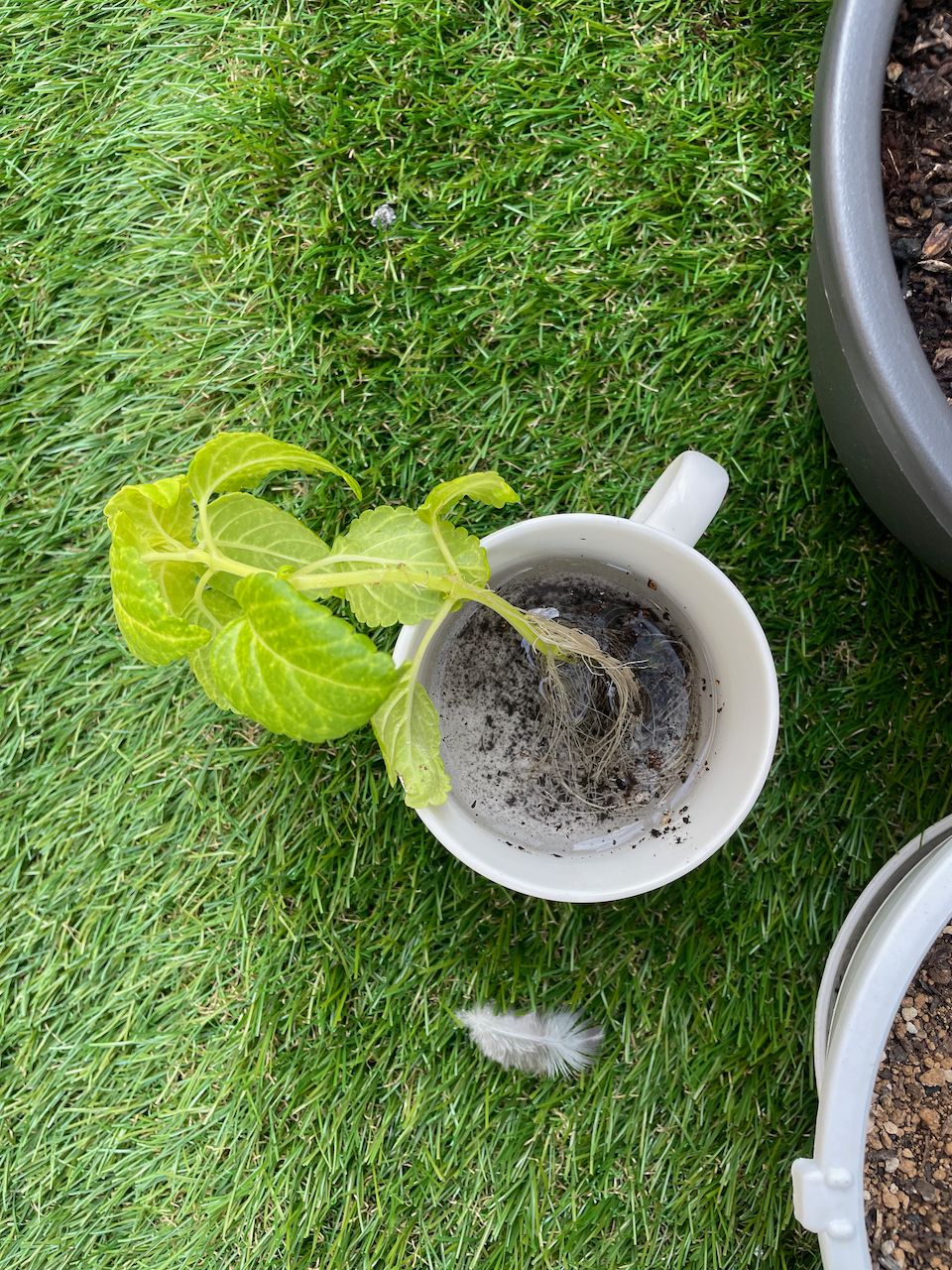
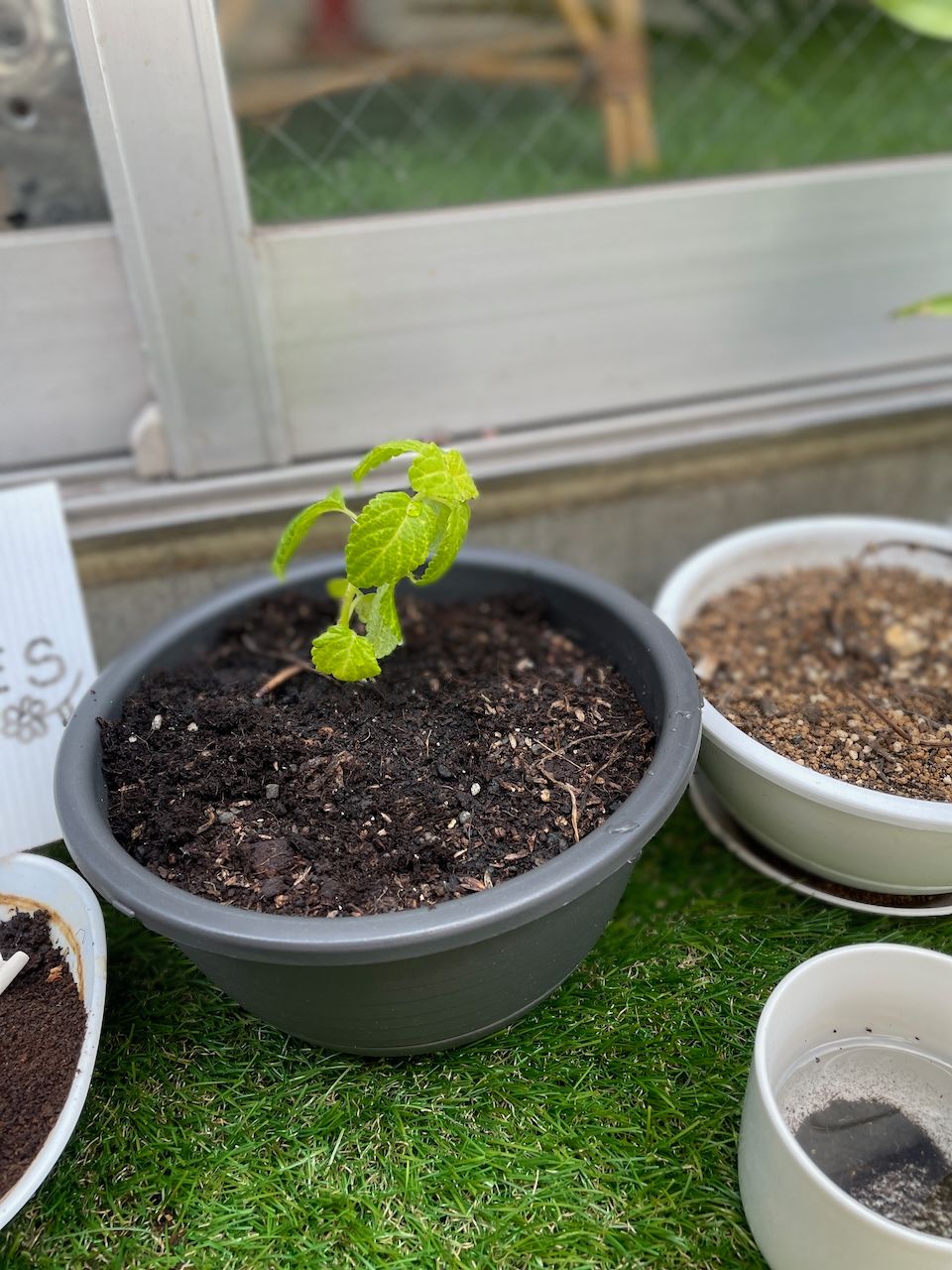
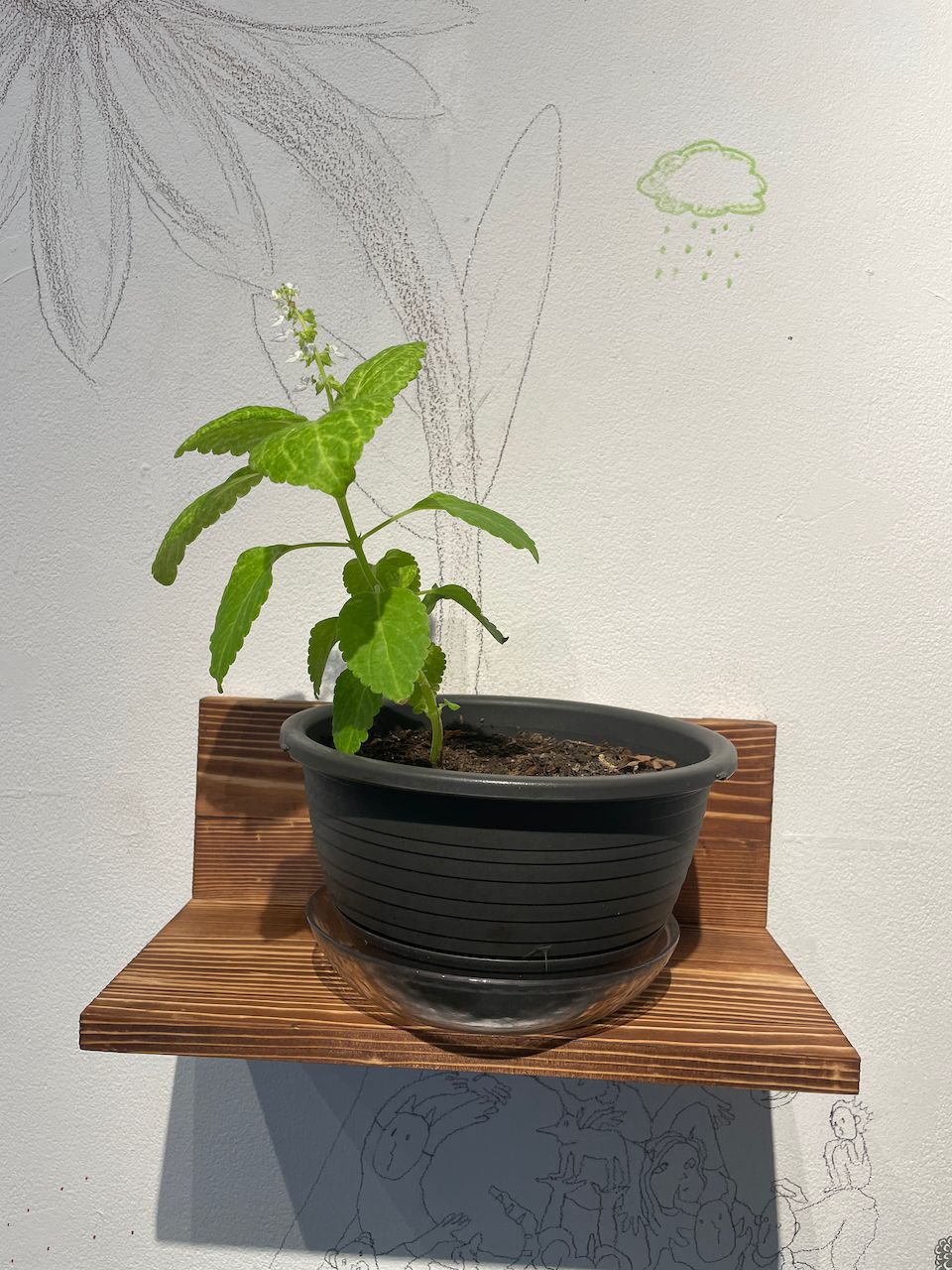
Maybe that’s me. I’m a little cutting from Mosaic, transplanted into the artist-in-residence community here, and I’m alive, growing and flourishing. As I flourish, Mosaic, which I carry in the marrow of my bones, lives on as well.
September 30th is National Day for Truth and Reconciliation in Canada. Because this is all strangely related, I leave you with one of my favourite pictures ever, of two friends from Mosaic, Marvin and Patrick.
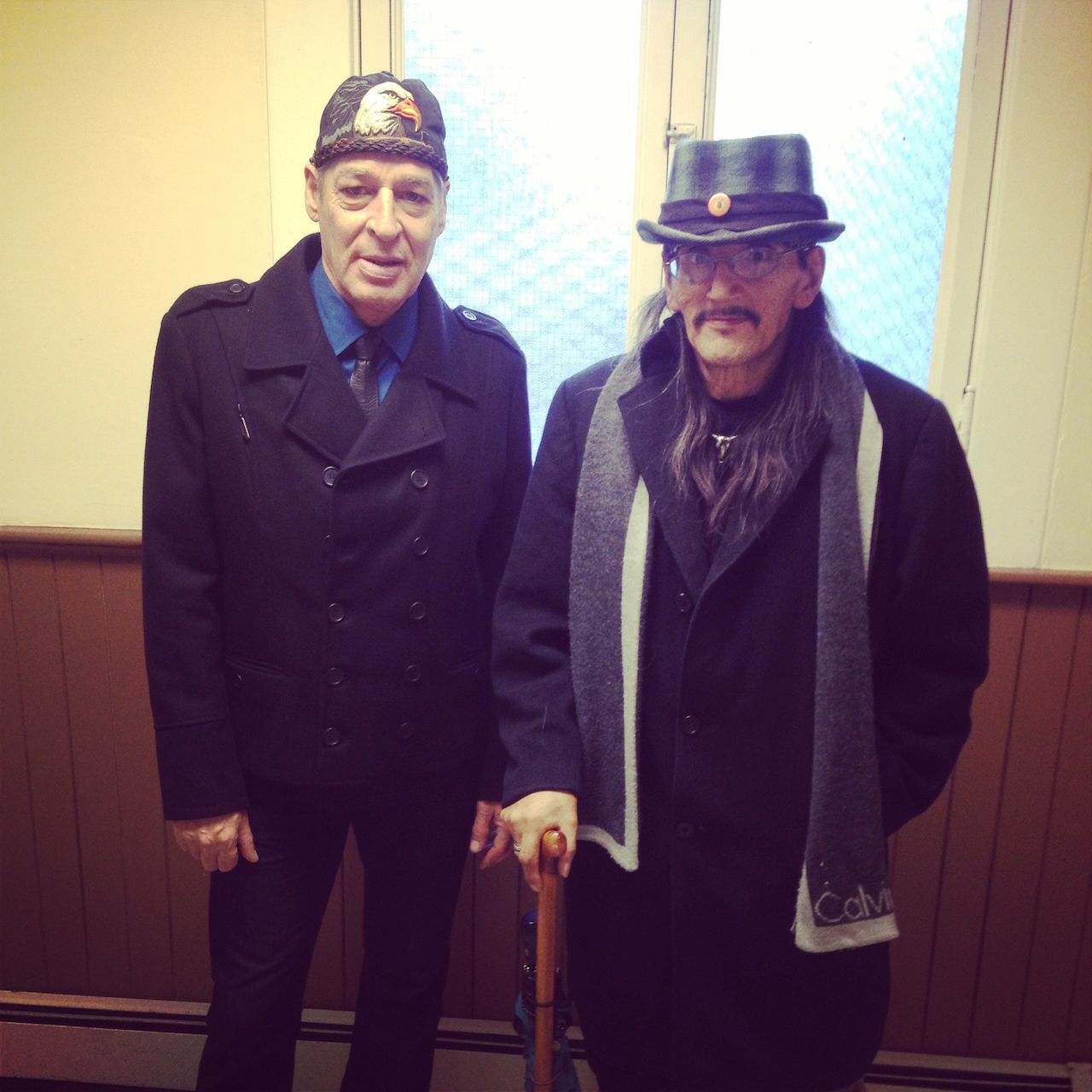
Patrick Delorme is a residential school survivor, from the Cree Nation and my community elder. Marvin Paul is a residential school survivor, from the Metis Nation and my community elder. They are both my elders, and my friends. One of the pieces of wisdom and indigenous knowledge Marvin and Patrick passed on to me was the practice of talking-circles. It is a simple and beautiful way for members of a community to hear from each other. Talking-circles were an integral part—perhaps the defining practice—of the Mosaic community. Whenever I convene a talking-circle, it is with Marvin and Patrick's blessing and encouragement. Marvin checks in on me now and again, to make sure I'm following protocol, that I'm acknowledging my elders and indigenous knowledge, and that I'm acknowledging Mosaic, the community within which I learned about talking-circles.
I created an Enso Quilt with my Mom. I use it to convene talking-circles. It sits in the middle of the circle as a reminder to hold space for each other and for what emerges among us. It's downstairs in KocoGarden right now, and part of the exhibition that opened two days ago.
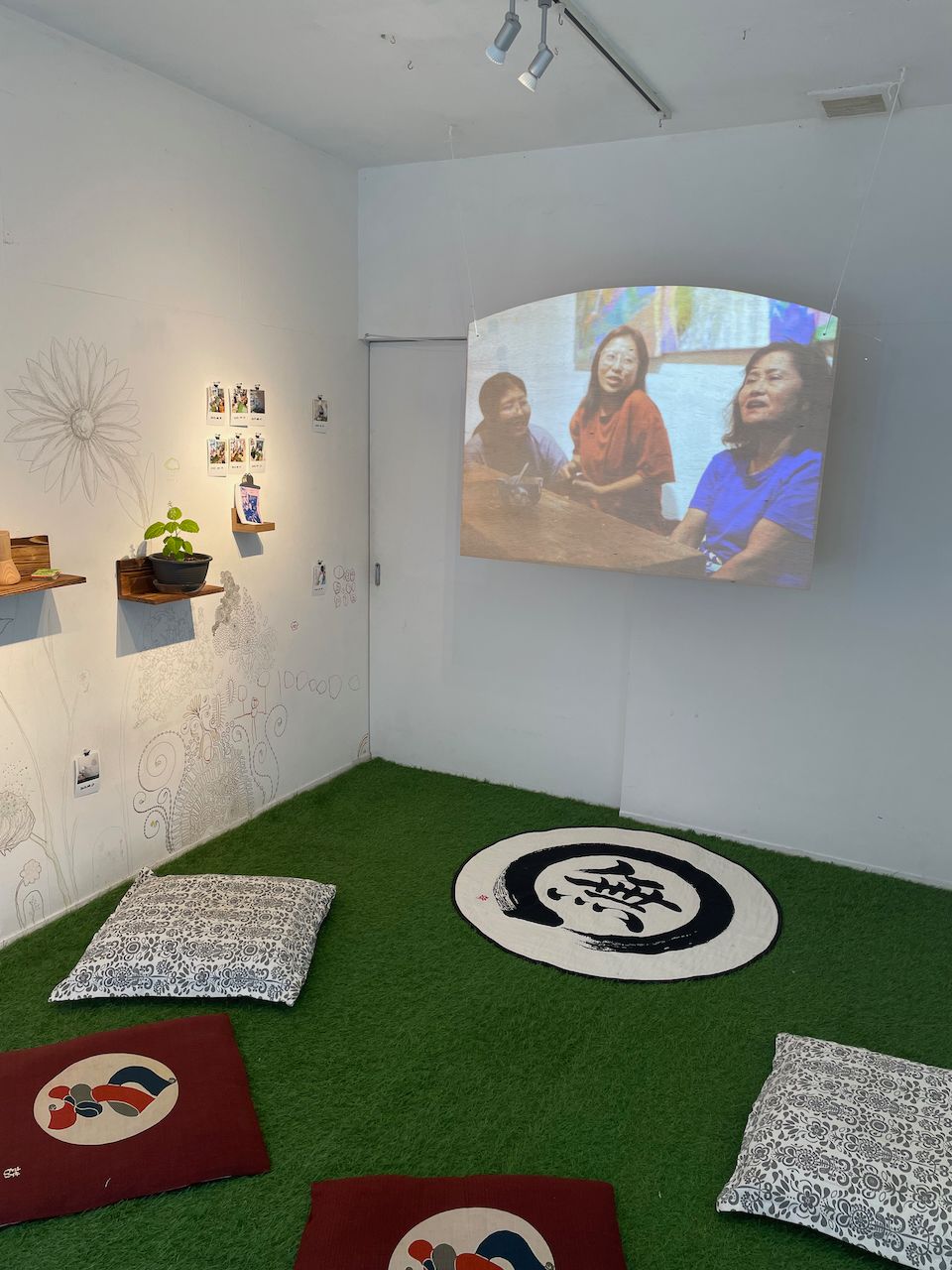
Marvin loves the quilt. Patrick never got to see it. He passed away in 2018. I was in Fukushima prefecture at the time, in Tomioka. I remember standing among the rubble of 3.11, where a town had been, and now it wasn't. I was looking out over the Pacific Ocean. Somewhere, over there, Patrick had been with us, and now he wasn't. I had felt so very far away.
I'm in Japan, again, as I experience another death. The deaths we experience, big and small, are all connected. One informs the other, as the sadness all flows from the same river. To open up to our sadness is to open up to our humanity. The hopeful news is, making room for our sadness means we are also making room for joy. Another thing I learned from my indigenous elders. Patrick, and Mosaic, it turns out, are never far away after all.
My participation in the Koganecho Artist in Residence program, the art work I create while here, and this very newsletter were all made possible by members of The Mycelium Council. If you enjoy Trembling Aspen, a newsletter about living your life like a work of art, from me, Steve Frost, please consider joining.
